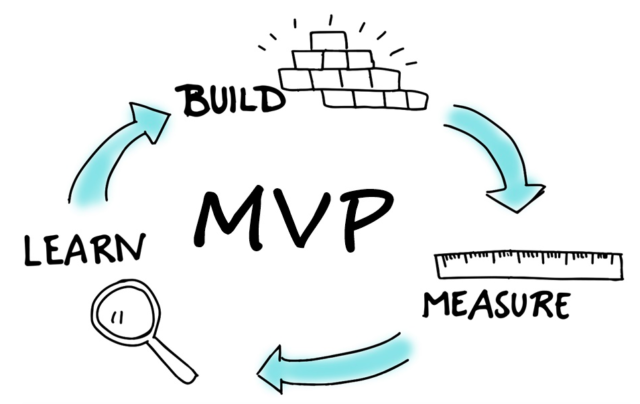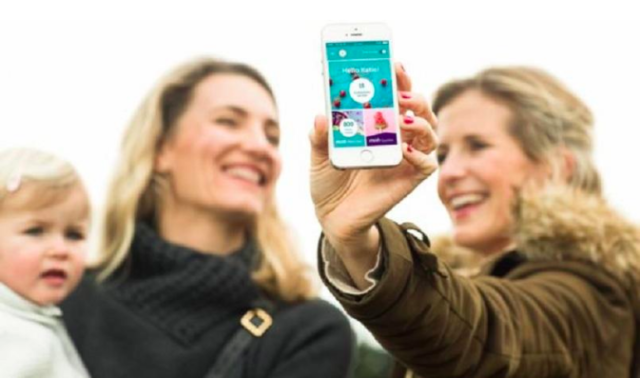Designing behaviour change interventions: test, test, then test again

Behaviour change interventions are efforts to change a person, or groups of people’s, behaviours in a certain way. They can focus on anything from trying to get people to eat healthier, recycle more, or stop drink driving.
In psychology, behaviour change interventions have been defined as ‘coordinated sets of activities to change specific behaviour patterns’ (Michie, van Stralen & West, 2011).
Is there a set way to design interventions?
We develop interventions through four key stages:
- Initial research
- Ideas
- Development
- Evaluation
Previously, large-scale randomised control trials (RCTs) were thought of as the gold standard of evaluation, as these are a reliable way to test if the intervention works.

Is there a better way?
Whilst RCTs are valuable, only testing the intervention at the end means that you can’t make improvements to the intervention throughout the development process. They are also very costly and time-consuming, so aren’t always suitable for smaller-scale initiatives.
What can be more useful is to develop a prototype – a minimum viable product that can be quickly tested early on and then repeatedly improved and tested again. This is known as ‘iterative intervention development’ or the ‘quick and dirty’ approach.

What are the benefits?
- An iterative method is great for trialling different types of an intervention, before agreeing on the best version.
- It can also help to identify any fundamental issues, so that solutions can be found early, before wasting time and money.
- Qualitative feedback from the target group can also be gained, which is used to assess acceptability for users and context.
How do we know this works?
There are lots of examples of successful behaviour change interventions being developed through iterative design. For example:
- MOBILE MUMS is an intervention to encourage physical activity in new mothers. A prototype was developed, and then refined based on suggestions from users, e.g. the need for more personalised content and two-way interaction

- VEGETHON is an app designed to support healthy eating. Interviews and focus groups were used during development to ensure that the app was effective in help ing people to monitor their fruit and veg consumption.

And if that doesn’t convince you, in 2015, a group of international behaviour change experts publicly stated that interventions should be ‘developed through agile processes, and evaluated at all phases of the development cycle’.
If you want to find out more, check out some of the academic frameworks for best practice intervention design: UK MRC, NIH Stage Model, 6SQuID, IDEAS.